Cock Ring Ken: The History And Controversy Mattel Wanted You To Forget
A.K.A. The Earring Magic Ken Doll
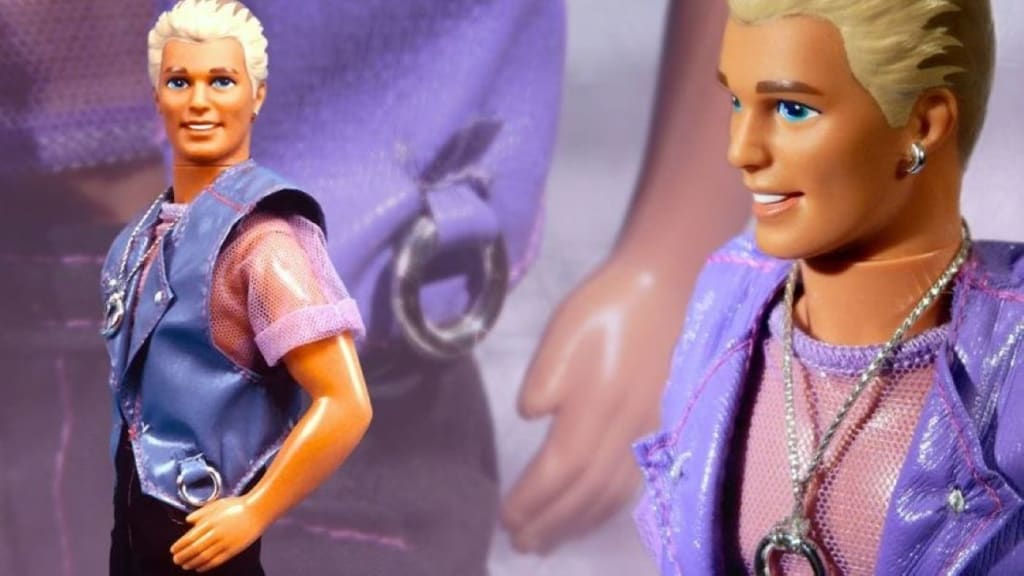
Ah, the Ken doll. In the world of toys, there are few classics as recognisable as Ken. He's been Barbie's main squeeze since the 1960s and has gone through quite a few changes since. But did you know that in the 1990s, Mattel released a Ken doll with a little something extra?
He's just Ken
While Barbie has been a consistent best-seller for Mattel since her debut in 1959, the introduction of Ken two years later was met with mixed reception. By the early 1990s, Mattel was faced with lacklustre sales of the doll.
But this shouldn't have come as a surprise to the toy company. Looking back through Ken's history, it was clear to everyone that Ken had fallen victim to mediocrity and mundane fashion choices. Frankly, with fewer outfits and adventures compared to the likes of G.I. Joe and the New Kids on the Block fashion dolls, it's a small miracle that the Ken doll was selling any units at all.
Mattel knew they had to act fast. So they went straight to the experts -a bunch of five-year-olds. They conducted a groundbreaking survey among the group.
The burning question: Should Barbie dump Ken, her dreamy yet outdated boyfriend?
The verdict was unanimous: Keep Ken, but he needed a radical makeover.
A new look
Ken was missing the "it" factor. He lacked coolness, and what was cool? Well, according to surveys Mattel conducted, cool was bright colours, funky jewellery, MTV music videos, rave culture, and Madonna's backup dancers.
The result? Earring Magic Ken.
When Earring Magic Ken was unveiled at the American International Toy Fair in February 1993, Ken was almost unrecognisable. Gone were the red swim shorts! Ken now wore a trendy mesh lavender shirt with an accompanying sleek pleather purple vest, black jeans, loafers, and a head of stunning chunky platinum blonde hair.
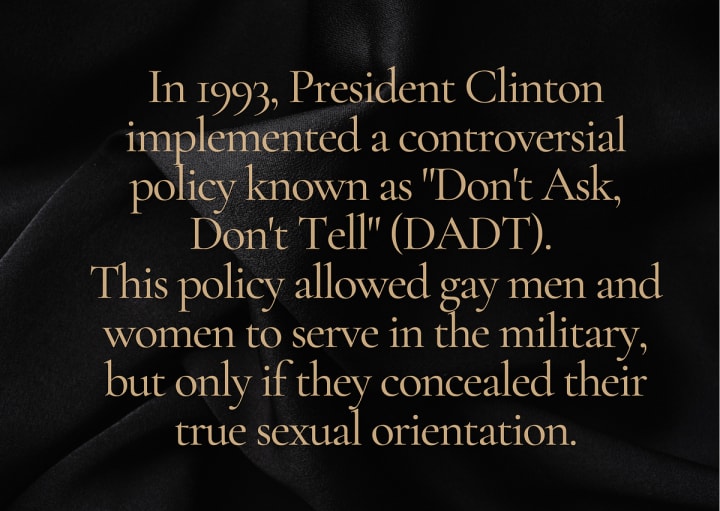
The outfit alone was not massively controversial. Flamboyant? Yes. But nothing to clutch your pearls about. Nope, the pièce de résistance was that Ken, an All-American icon, had his ear pierced. And not just any ear either; it was the gay ear! Ironically, he had his left ear pierced, which actually signified that he was heterosexual, but since when do bigots care about facts? Plus, the obvious chrome cock ring Ken was trying to pass off as a necklace really didn't help matters.
When they're not fashion statements, cock rings are worn around the base of your cock or your close personal friend's cock if you don't have one of your own. - Dan Savage, Ken Comes Out, Chicago Reader, July 22, 1993
Controversy
Today, Earring Magic Ken wouldn't get a second look, provided he wasn't also transgender. But in 1993, the idea of Mattel or any brand catering to the queer community seemed as likely as finding a unicorn in your backyard. It just wasn't going to happen. Their target audience was conservative married moms in middle America who were all about Barbie and the whole picture-perfect family narrative.

After all, the early 1990s were an era still grappling with the aftermath of the AIDS crisis and where the stigma surrounding queer sexuality was widespread. It was an era when a staggering 44% of Americans believed that gay relationships should be deemed illegal. Not marriage, mind you, but just the act of dating someone of the same gender should be deemed illegal.
With this in mind, it's not surprising that a wave of complaints emerged when the doll was released for public consumption in mid-1993.
You see, as soon as the doll was released, people were quick to notice it looked kind of gay, in a super stereotypical early '90s sort of way. The distinctness of the doll created quite a buzz among the general public.
And at first, Mattel seemed to embrace the buzz around Ken's new look.
This new Ken, with his platinum blond streaked hair and a silver hoop earring, was "a big breakthrough," Lisa McKendall, the then manager of communications for Mattel, told The New York Times. "We never would have done this a few years ago. But now you see more earrings on men. They are more accepted in day-to-day life. We are trying to keep Ken updated."
The toy company even embraced the unexpected new audience for the Earring Magic Ken doll. In fact, amidst the simmering controversy, Donna Gibbs, a representative from Mattel, gave a candid interview to the Wall Street Journal in August 1993 and declared that Mattel was "pleased that [gay men] are finding something to enjoy in our products as well."
And indeed, while members of the gay community embraced the doll, not everyone welcomed Ken and his earring. Some conservative groups saw Ken's new look as a subliminal message pushed on their children by the toy manufacturers. They alleged that Ken was more than he appeared to be, that he was in fact a "stereotypical gay in disguise!" They argued that such toys subconsciously targeted children and normalised homosexuality.
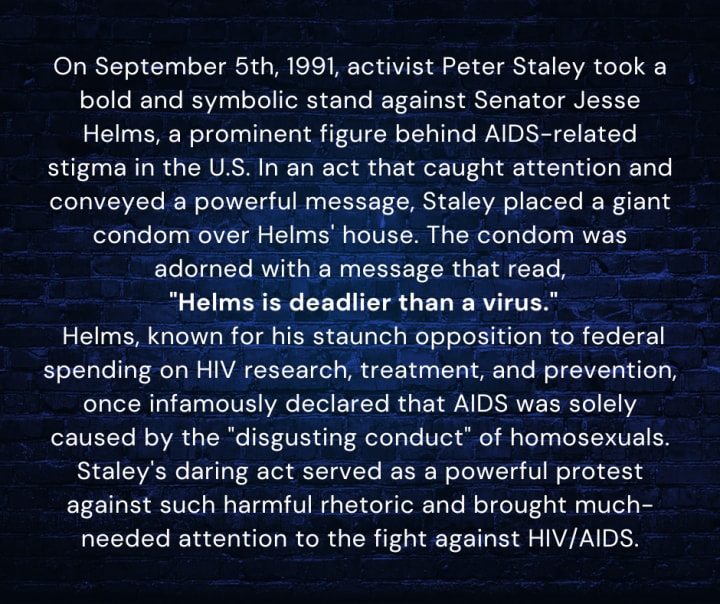
As the months passed, the newly revamped Ken even captured the attention of media giants such as The New York Times, CNN, and People magazine. Talk show hosts such as Jay Leno and Arsenio Hall also got in on the controversy, with the latter asking his audience, "If you put Ken's clothes on your G.I. Joe doll, would they kick him out of the military?"
Sales soon skyrocketed, thanks largely in part to gay men, but Mattel was far from happy.
In truth, just a few months after her August interview, Donna Gibbs would backtrack on Mattel being pleased that gay men were finding joy in the product line. In November 1993, Donna Gibbs, speaking to the San Francisco Examiner, clarified, "The design of the Ken doll was never intended for any audience except our primary one, young girls aged 3 to 10."
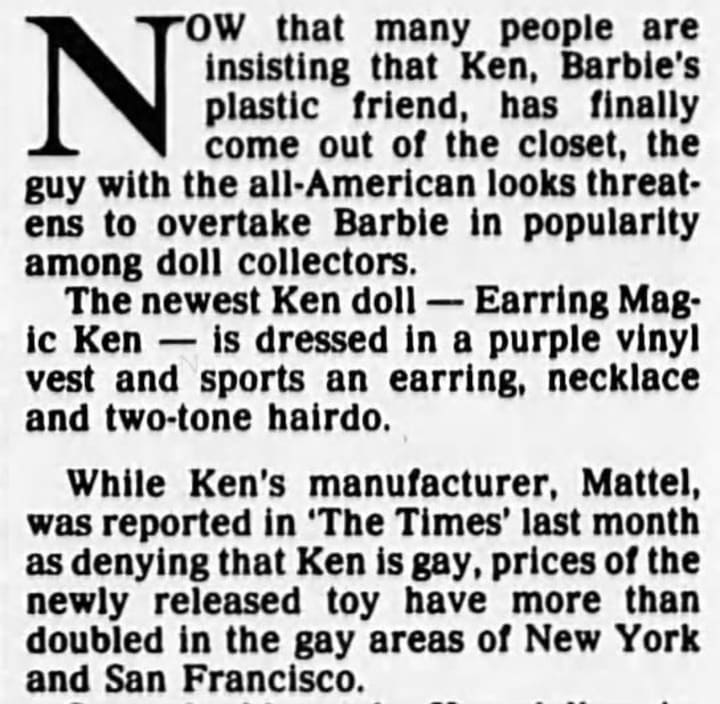
The tides were turning on the toy company, and Mattel wanted out of the sea.
Impact on the LGBT Community
Despite Mattel's denial of any intentional design targeting gay men, Earring Magic Ken stood out as a rare gem amidst the array of mainstream toys. It struck a chord with LGBTQ consumers like none other.
During a time when the widespread reluctance to embrace queer culture was palpable, Ken's emergence as an accidental gay icon injected vitality into a society that was longing to be seen and accepted.
This ode to Ken's impact was most apparent in a November 3, 1993, Tampa Bay Times article titled "Out of the box, now out of the closet?" by the talented Cynthia Robins. According to Cynthia, The Magic Earring Ken doll flew off the shelves, proudly displayed in the living rooms of enthusiasts like John Stubbins.
John Stubbins, a veteran teacher from the San Francisco school system, had been courageously battling AIDS for several years. During his ongoing struggle, a moment of delight and fascination found its way into John's life with the public release of Earring Magic Ken in May 1993.
Like an oasis in the desert, this vibrant Ken doll captured John's attention and became a treasured companion, carefully housed in a vintage I Love Lucy ashtray in his living room.
When Cynthia asked the question that lingered in the minds of many readers, John responded:
"can't think of anything else that Ken could be with that lavender mesh shirt and lavender jacket and his earring and that . . . ring he's wearing around his neck. Seems pretty gay to me."
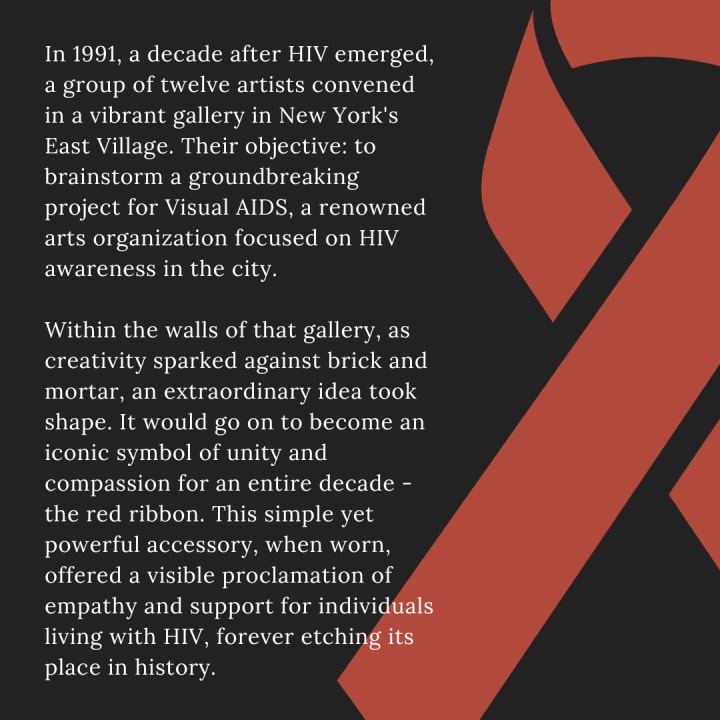
The controversy surrounding Earring Magic Ken proved to be a monumental challenge for Mattel, and they eventually succumbed to the mounting pressure. Mattel shoved the doll back in the closet, and Earring Magic Ken was abruptly discontinued after a mere six months.
This decision, however, sparked a buying frenzy as avid collectors rushed to acquire the remaining discontinued dolls.
And while the exact sales figures remain a mystery, it's widely believed that Earring Magic Ken holds the crown as the most financially successful Ken model ever produced by Mattel.
Conclusion
So there you have it, folks. The Cock Ring Ken Doll is a controversial relic from the 1990s that has become a fascinating piece of toy history. Whether you find it hilarious, thought-provoking, or inappropriate, there's no denying that it's an interesting addition to the Barbie and Ken universe.
About the Creator
Chelsea Rose
I never met a problem I couldn't make worst.






Comments
There are no comments for this story
Be the first to respond and start the conversation.